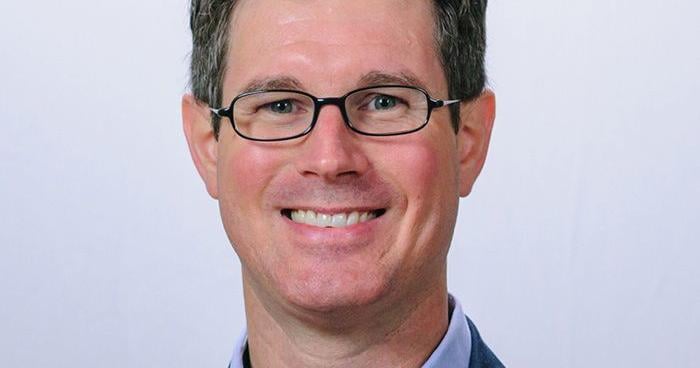Jobs
Number of small businesses with job openings they can’t fill still high

(TND) — Fewer small business owners had job openings they couldn’t fill last month, but the number who can’t get the help they need remains “at exceptionally high levels.”
The June jobs report from the National Federation of Independent Business showed 37% of small businesses had an opening they couldn’t fill. But that was down five points from May.
Just over half of owners reported few or no qualified applicants for the positions they had.
“This summer, small business owners continue to try to hire and find qualified employees for their open positions,” NFIB Chief Economist Bill Dunkelberg said in a news release. “The number of small businesses with one or more job openings they can’t fill remains at exceptionally high levels. However, owners are raising compensation at historically high levels to attract and retain employees.”
Labor cost was reported as the most important problem for 11% of business owners, two points below the highest reading of 13% reached in December 2021.
About 20% said labor quality was their top problem, but that’s eased considerably over the last two quarters, according to the NFIB.
Job openings were the highest in the construction, transportation and retail sectors.
The NFIB report is based on a survey of its member firms.
Half of those surveyed in the construction and transportation industries had job openings last month.
The government’s monthly jobs report that was released last week showed some cooling in the overall labor market.
U.S. employers of all sizes added 206,000 jobs to their payrolls last month, down from 218,000 the previous month and lower than the average monthly gain of 220,000 over the past year.
The Labor Department also revised April and May job gains lower. The net result was 111,000 fewer jobs in those two months than previously reported.
Labor economist Aaron Sojourner noted Friday morning on social media that the economy has added 2.61 million jobs over the last year.
That’s faster growth than any year ending between 2016 and 2020, though down from recent years, he said.
Sojourner said job growth is decelerating but has been “remarkably strong” given the braking from Federal Reserve policymakers.
The Fed raised its benchmark interest rate 11 times beginning in early 2022 as a lever to tame inflation.
High prices and high borrowing costs have put a clamp on Americans’ household budgets.
The Fed previously signaled several rate cuts for this year, but those have been tabled as inflation has remained stubbornly high.
The latest consumer price index, which tracks price increases with a set basket of goods, showed annual inflation at 3.3%. That’s down drastically from the 9.1% annual increase in June 2022, which marked inflation’s high point.
The personal consumption expenditures price index, which reflects what people are actually buying, last registered a 2.6% annual increase.
Both remain above the Fed’s target of 2% annual inflation.
The Fed still expects to cut interest rates this year but is split on whether that will be one or two.
The NFIB said a number of its members still have troublesome job openings, and that could keep pressure on compensation and, ultimately, on inflation.










